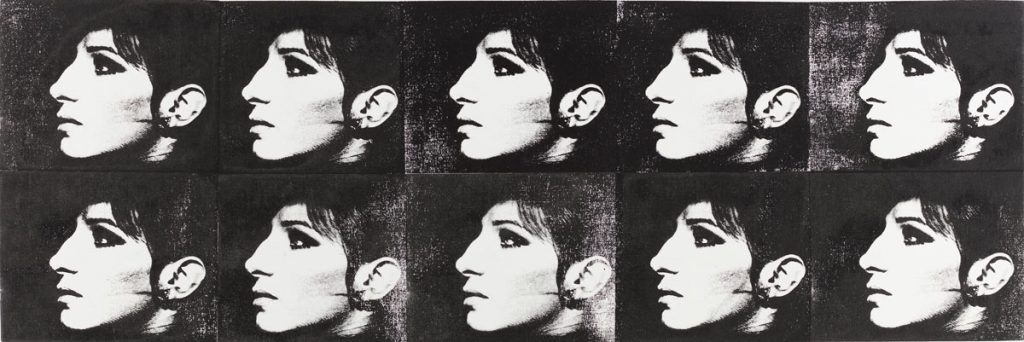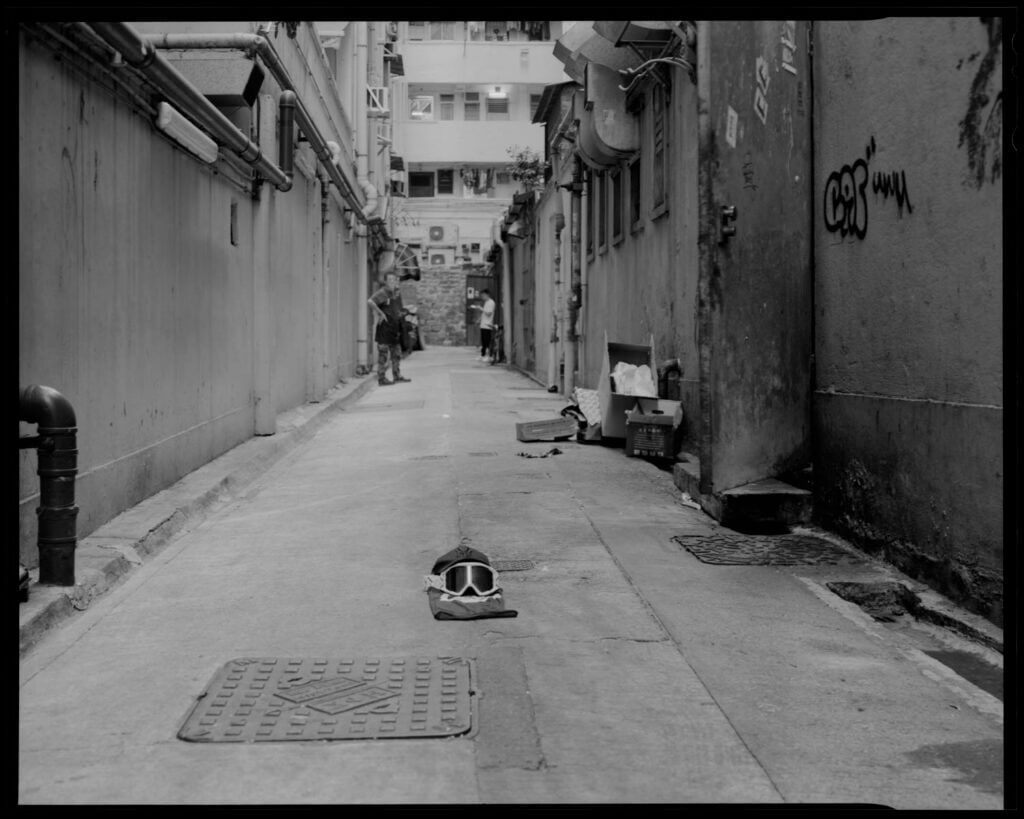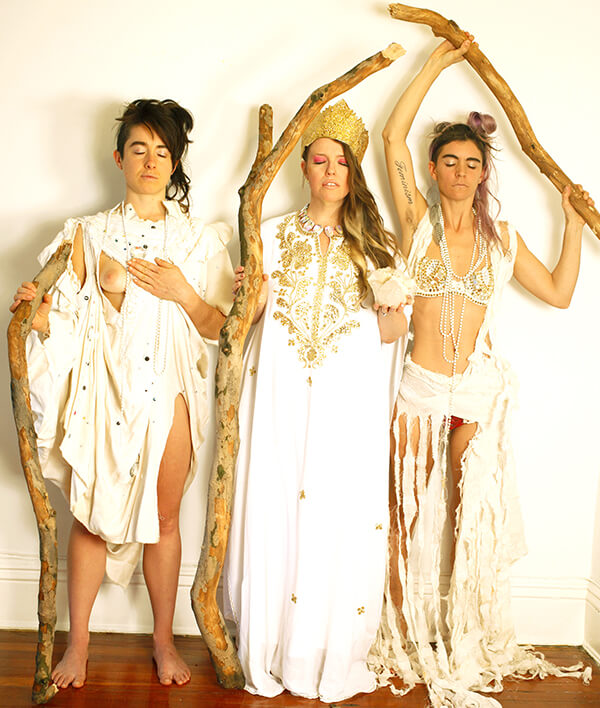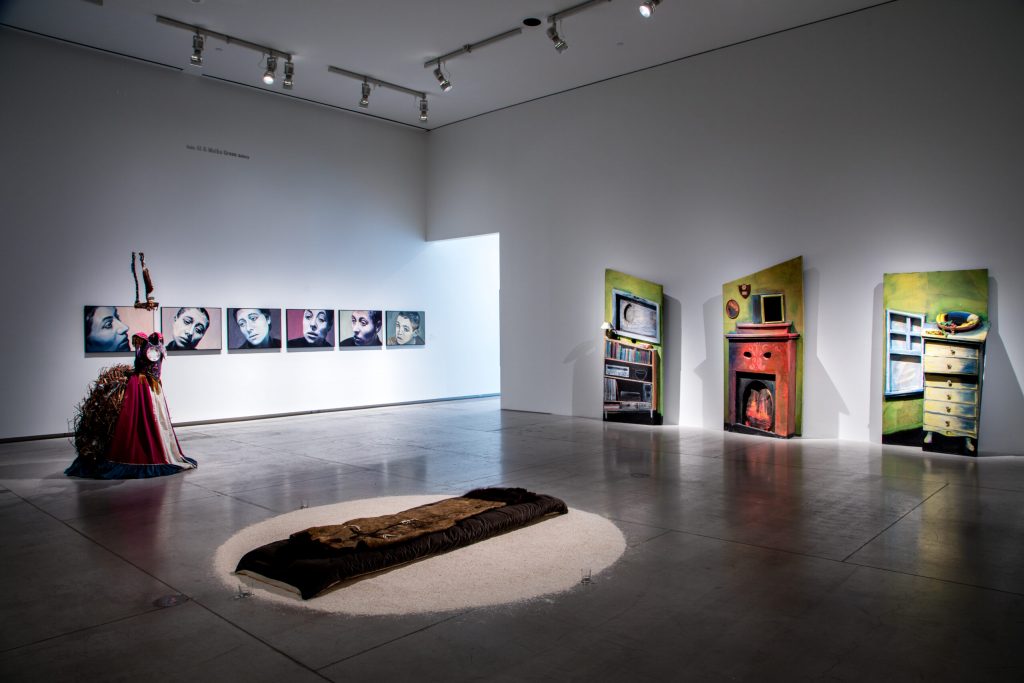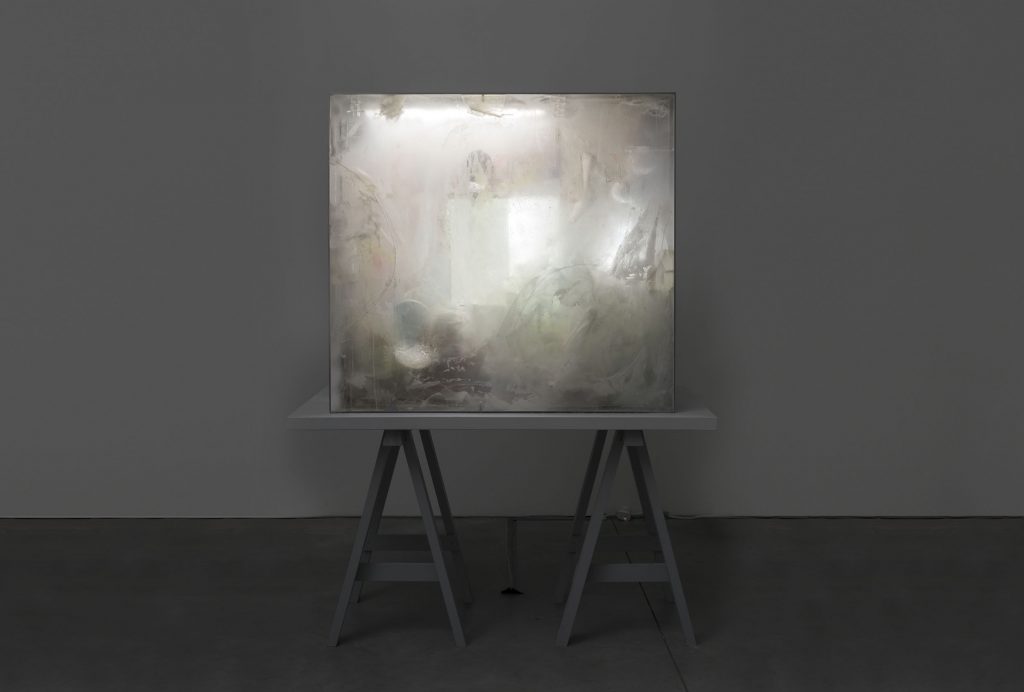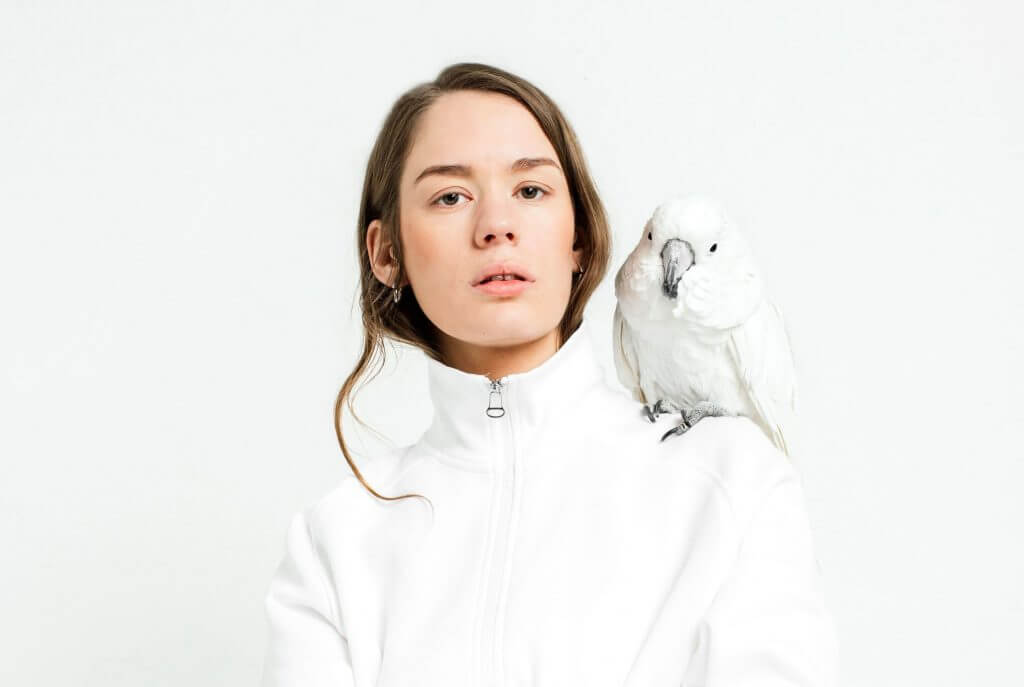Bold and Sometimes Gold: PARADICE PALASE
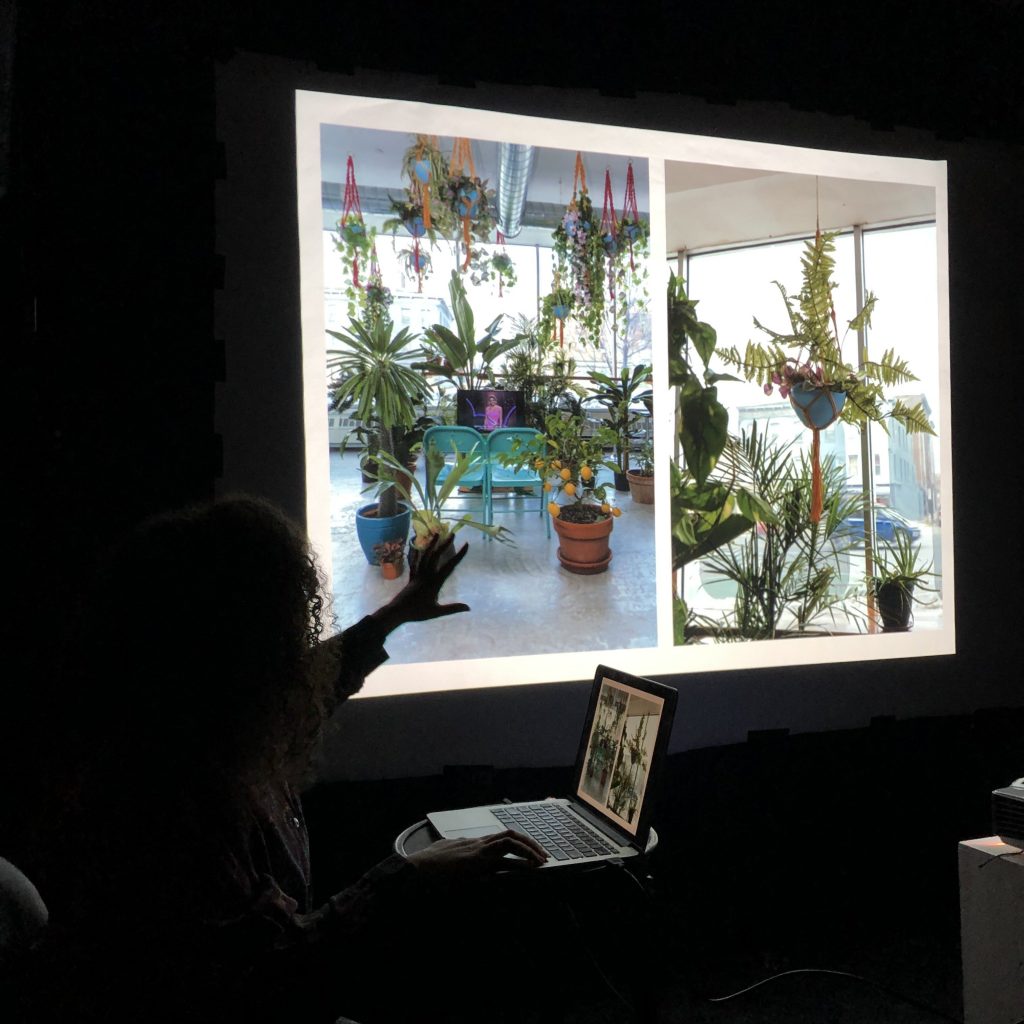
Have you seen this Shimmering Oasis beckoning you from the depths of Bushwick? PARADICE PALASE is the joyful curatorial project of Kat Ryals and Lauren Hirshfield that seeks to confront limitations in the art world by building an artist-first, community-minded and inclusive model. With contagious creative energy, they are developing a symbiotic network of patrons and artists through accessibility and transparency. Kat and Lauren met with me this week to discuss their upcoming Summer Show, designing their art world utopia, and Robin Hood retail models.
I was very pleased with myself, recognizing the pun of your gallery’s name. Pair of dice. Paradise. Taking risk, escapism, pleasure. It can allude to so many things.
Kat: The idea behind the name is pretty lofty, so we’re glad you got it! We’ve only been doing this for going on two years and we’re growing as fast as we can, so yeah the name isn’t quite household yet. We’re trying to address the risk or the “gambling” that is involved in pursuing a career in the arts. We’re striving to create our own art world utopia with this project. So that’s like the Paradice, like that pun. And then the Palase was just tacked on with it.
Lauren: Yeah, we like alliterations. It’s the idea of a physical manifestation of that utopia in the form of a palace. So I think that’s why we tagged that on there too. We were not just this idea when we first started, we’re a physical space you can come to, so we wanted a second word to reference that.
Kat: We obviously know the name is a little bit silly, but we like that, it’s like throwing it back into the face of the stuffy art world and, not taking it too seriously and just having a little bit of fun with it.
Lauren: Exactly. Plus, it came through Kat’s personal aesthetic. We quickly became close after starting this project, and she talks all the time about the beach and Vegas and all sorts of fun, glitzy, amazing things. She already loved pineapples, gold and glitter. So it was very natural that the logo for our space was a pineapple. Pineapples are symbols of hospitality, they are symbols of welcoming someone into a space and feeling immediately at home. We really wanted it to feel like a place that people could come to and be connected, and instantly feel welcome and at home.
Your program diversifies the ways you connect with your community and also supports your platform through the open calls with guest curators, membership, workshops, performances, lectures, film screenings, and a blog. Did I miss anything?
Lauren: Yes, (laughs) we do have a lot of stuff going on.
Kat: Since we’re two people, and we don’t have interns or volunteers, it’s just one thing at a time. We really focused on exhibitions for the first year and a half of this project. I think we’ve been pretty successful and have really gotten the workflow, putting those together. Now we’re trying to build up programs and get that to a place where they can just keep going smoothly while we transition. Next thing would be the blog, and we want to develop a podcast as well. So it’s like turning on the engine, getting it running and-
Lauren: Yeah, and then seeing how fast we can go…without killing ourselves.

“to be one and myself”
Installation view
Artists include: Tom Prinsell, Jen Dwyer, and Sophie Parker
Courtesy of the artists and PARADICE PALASE, New York
I have been thinking and talking about inclusivity for a while, because it is something that feels missing from the art world at times. I’m inserting that, maybe that’s part of the utopia, like this inclusive community.
Kat: Definitely. That’s definitely part of it. I think it really stems from…for me personally, Lauren will have her own take on it. Just every time I’ve been through an art program, like higher education, I feel like I leave without knowing actually how to market myself, be successful as an artist or get a job. I just felt like there’s a lack of clarity and support in the art world. It’s every artist for themselves, every curator for themselves, and I think that’s a really flawed and horrible way to operate as a career field. So we’re trying to address a lot of those issues of how do you make money from your art and sustain your practice without having to have a whole bunch of jobs, random jobs.
Lauren: Having to sacrifice quality in your work.
Kat: How do you network with your community? How do we create visibility for emerging artists that are just getting started? So that’s where we’re trying to create this utopia.
Lauren: I think it’s funny that we choose to use the word utopia because inherently that word refers to an ideal and that we may never reach it. We’re very aware of the connotation of that word. We’re trying to create an inclusive of a model as possible, as accessible of a model as possible. That doesn’t happen overnight. Most career paths, you follow a structure and it works. Obviously it’s not that simple for the art world because there are so many moving parts in it.
Kat: Everybody’s story is unique and that’s fine, but I think there needs to be more clarity and more sharing and more resources.
Lauren: There needs to be transparency, right? There’s this really big stigma that gets placed on the art world of not being able to … Having this veil for whatever reason. Because if you reveal “it”, all of your message or whatever, everything’s lost and now there’s no-
Kat: Or you’re afraid of judgment.

Installation view
Artists include: Alisa Sikelianos-Carter, Alex Patrick Dyck, Katie Green, Colin Radcliffe, Olivia Taylor, Luke Todd
Courtesy of PARADICE PALASE, New York
And finding a way that art can serve the people that are around you and that you want to grow with. Because art doesn’t just have to be objects on the wall.
Kat: So, that was one part of the utopia. Another part of it is, I also have a background in museum education and just me as an artist in general, I’m not somebody who’s like, “I’m making artwork for other art professional people.” I’m not making art for other artists. I want general audiences to come to my art shows, or to engage with my art, or talk to me. How do we bring audiences into our spaces and make them feel comfortable and excited by what we’re presenting? We’re trying to make accessible, affordable ways of collecting artwork from emerging artists that support those artists. But you don’t have to have a big paycheck in order to collect from them.
Lauren: Exactly! We want to change that. We’re seeing this trend start to form from a very millennial perspective, that is embracing this new age of social media that allows you to reach so many people in such a short period of time, that you can engage with directly.
Kat: We’re trying to present things to the public in ways that they are used to consuming culture. Our artist talk program also pairs a movie with it. So, could be a documentary, a cult classic, what have you, but people understand going to the movies.
Lauren: Right.
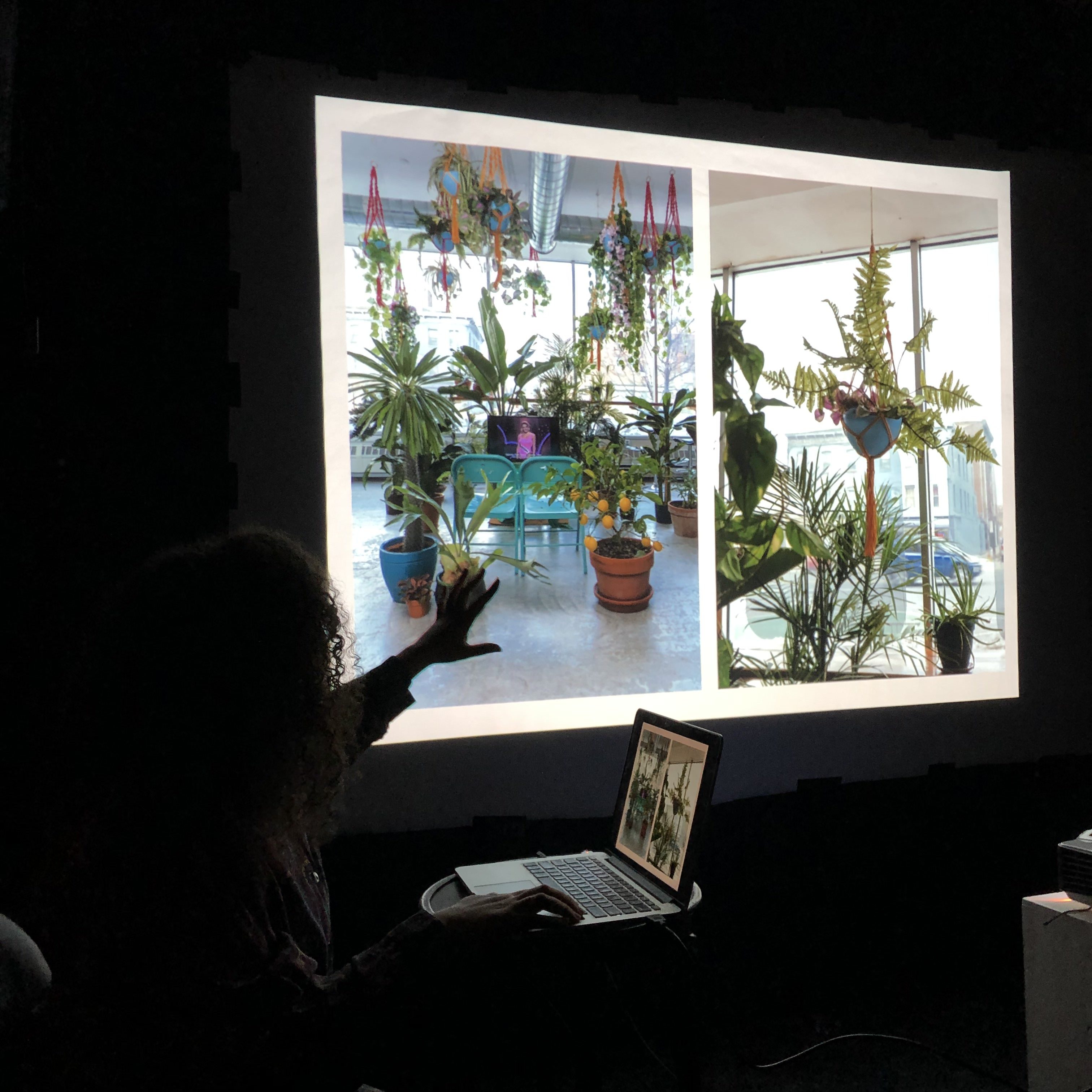
Artist Curated Cinema
Bizarre Bar, February 2019
Kat: But they may not have gone to an artist talk before. People may not have a lot of room in their apartment or may not have the funding to collect a piece of art, but they understand buying fashion. So we’ve starting designing T-shirts with artists as a more general, audience-friendly way to get their art out there.
Lauren: The shirt is a really simplified version of that model, but we’ve been playing around with this idea since day one. The first model was based on ideas of crowdfunding. We would have Kickstarter campaigns that would allow people to log in and pledge amounts. The goal was to say we get 50 or 100 people to buy things at various levels, and then we have this lump sum. Sixty percent of it went to the artists for stipends just to be in the show and say, “We appreciate what you’re doing. Here’s some money to keep doing what you’re doing.” Each of these supporters come to the opening and are like, “We collectively made this happen and it’s so exciting!”
Kat: We also think about organizations within the art world and how there’s this spectrum of existence in it. At one end it’s nonprofit, and on the other end, it’s high end blue chip galleries. We’re trying to operate somewhere in the middle. Nonprofits are great, but they have a lot of problems. They struggle all the time, they overwork their employees, they’re underemployed. We’re stuck in a capitalist society. We might as well play the game, if we’re talking about gambling and playing games and stuff. We’re trying to build an art space that will be sustainable and can actually profit and put that money that we’re making back into our art community.
Lauren: And back to the artists.
Kat: And back to the artists. And so it’s almost more like this B-corp idea. We want to be a business, but have a moral value involved.
Lauren: Kind of like Robin Hood.
Kat: Yeah, I guess a little bit.
(laughing)
Lauren: I mean it’s the concept, right, of spreading it out to the masses and supporting those that have generationally maybe been overlooked. But yeah, it’s definitely looking at the capitalist economy that we’re in, and saying, “Okay, what can we do that falls under that umbrella, that people can quickly recognize?
Kat: We’re just trying to see what other business models are successful, and how we can co-opt those into our model to be successful. So like what we kept saying, retail; people understand retail, they buy home decor. It’s at an affordable price point for most people. So we’re interested to see how we can translate a retail model through a fine art lens. Because if we can stick around and we can be sustainable and we can make money, then we can serve other artists and our community. And that again puts the arts back into the hands of the artist.
Here’s a bit more of a meta question. Why do you want to support artists?
Kat: I’m an artist, so…I think it’s the golden rule, treat others how you want to be treated.
Lauren: I think that we’ve hit a ceiling from the last 10-15 years of this gallery mega monopoly, that stems from the late 80’s and 90’s, of all of these galleries starting to come about in New York City and moving down from the Upper East Side into Chelsea and then into the Lower East Side, East Village, Brooklyn. It grew into this era suddenly of living artists being able to make millions and millions of dollars – which is great – but it always is through only a select few galleries. Now as the economy has shifted toward removing the middle class, it’s becoming the super wealthy and the 99%. We lost that middle ground, and so many artists got left in the dark.
There’s still this dream of New York being the “it” place for art. But then you come and you find it’s so, so hard, because there are so few spaces that are going to represent artists and bring them on that dream path that everybody still talks about in college, right? All of a sudden, you come out of school and you’re like, “Well shit, what am I doing? Who’s going to pick me up? I’m here, I’m waiting.” So, I think that we’re responding to that model saying, “That’s clearly outdated, and we’ve got to really support artists again and what are the ways that we can create funding for artists just to do what they’re doing?”
Kat: I also think that there’s a future for us as we grow to provide resources and mentorship for artists as well. Being in an oversaturated creative economy, every artist has the opportunity to be successful as their own small business. It’s just that we don’t ever really get provided those tools in school or outside, which comes back to this idea of we need transparency, clarity, supporting each other. We’ve seen it happen with some of the artists that we’ve worked with and done crowdfunding campaigns with. We made suggestions of things that they can make and easily sell.
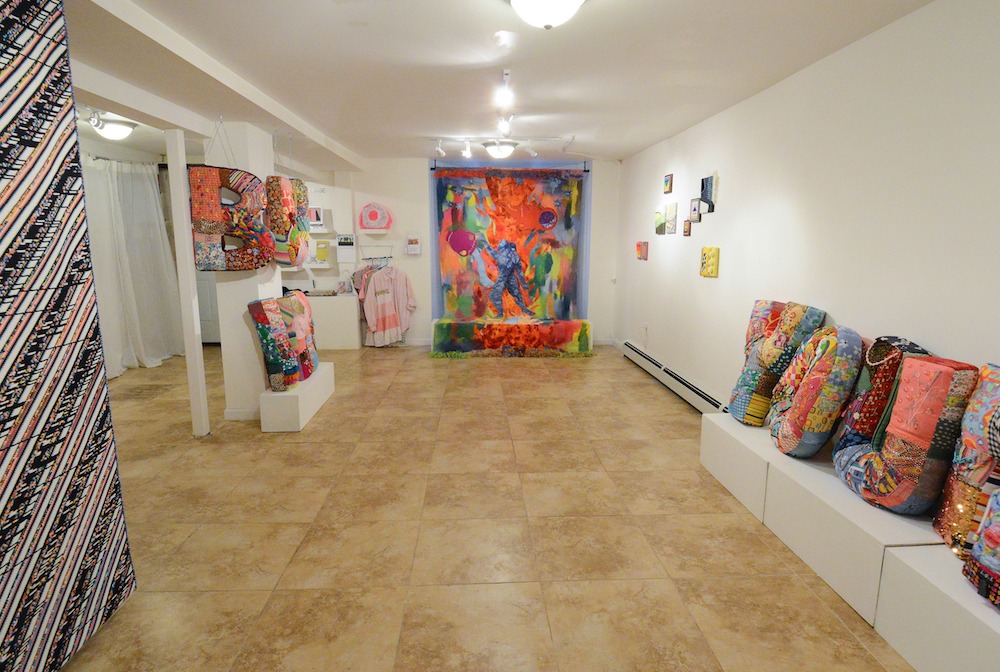
Installation view
Artists included: Paolo Arao, Becca Van K, Phillip Stearns, Emily Oliveira and Flora Wilds
Courtesy of the artists and PARADICE PALASE, New York
Does PARADICE PALASE have a curatorial vision?
Kat: A continued path of curating within our project is having group shows, because we want to give opportunities to as many artists as we can. We focus on emerging or underrepresented, we want to be inclusive. We love to show a diversity of gender, LGBTQ, ethnicity, age and try to make sure that we are building an inclusive space.
Lauren: We definitely tend to lean towards women artists. I think that’s just because we’re both women who appreciate, I think are just drawn to the works made by women and queer folks.
Kat: But I also think with this curatorial vision, we both have so many different interests in subject matter and types of art. And so that’s also why we like doing the group shows. We usually consider a topic first and then we go out and find artists that match with that topic.
Lauren: I think in terms of aesthetic, we’re not really working a lot with high concept art. We’re very considerate of the conversations that happen around people’s work obviously, because we’re curating on a theme basis. I think Kat and I respond to high contrast, highly-saturated work. We are both really interested in textile-based work a lot. I think that the work is always really colorful and poppy. I wouldn’t say that it responds to pop culture or pop art, but I think that we’re looking at work that people-
Kat: It’s pretty bold.
Lauren: Bold is a good word. Yeah. It’s not…the work is never quiet.
(laughing)
Kat: We’re not a quiet, we are not a quiet space. As you can tell, PARADICE PALASE, all capitals, everything. Where everything is exaggerated, we’re like, “We’re building utopia!”
Lauren: There’s, like, five exclamation marks after every sentence.
Kat: “Welcome to our fun playground!” I don’t know.
Lauren: Our fun house.
Kat: Yeah, Our mascot is a freaking Pomeranian [named Ethel Furman]. She’s our gallery dog. She’s in direct competition with Bertie at The Hole.
Lauren: Is it direct? Direct competition?
Kat: It is in direct competition. You write that down too, Cori

In front of work by Joani Tremblay (L) and Annique Delphine (R) for “Paradise Express” (2017)
Courtesy of PARADICE PALASE, New York
Catch PARADICEPALASE’s summer show Twist and Twine in partnership with Chashama.
Follow PARADICE PALASE on Facebook and Instagram

